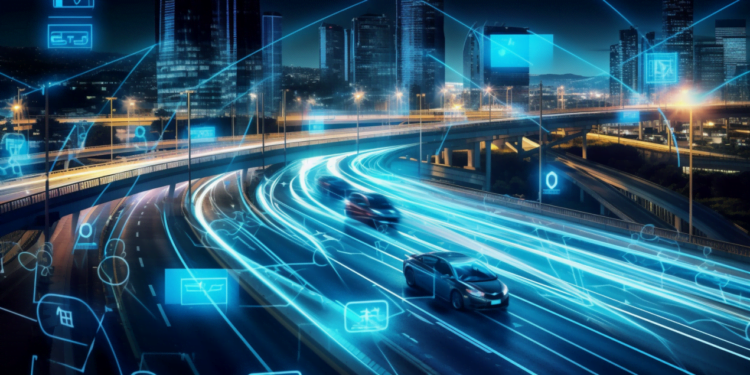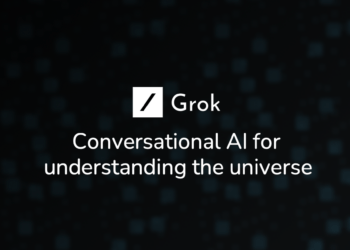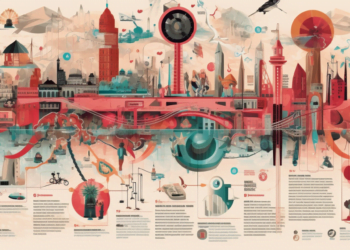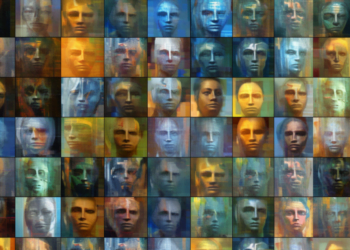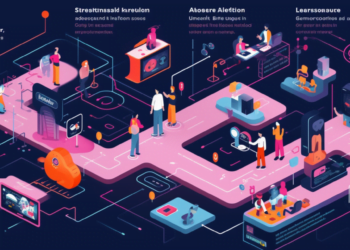Introduction
Advancements in machine learning technology have unlocked the potential of applying Artificial Intelligence (AI) in the transportation industry. Machine Learning is defined as the process of acquiring knowledge and skills from data and past experiences, without the need for explicit programming. This enables computers to learn how to perform tasks without the necessity for explicit coding. The application of machine learning in the transportation industry is rapidly expanding, ranging from autonomous driving to route optimization.
This article explores the fundamentals of Artificial Intelligence in the transportation industry, focusing on how machine learning is being applied in autonomous driving and route optimization. Practical tips on how to implement machine learning in these areas will be provided, as well as useful tools and current best practices.
What is Machine Learning?
Machine learning is a field of Artificial Intelligence that studies how computers can learn to perform tasks without explicit programming. It involves a process in which the computer learns to perform a task from a series of data and previous experiences, without the need for specific coding. This means that computers can learn to perform tasks without having to be explicitly coded to do so.
Machine learning is based on a series of algorithms that allow the computer to learn from data and past experiences. These algorithms are divided into two main categories: supervised learning and unsupervised learning. In supervised learning, the data is labeled so that the computer can learn to perform a specific task. For instance, a supervised learning algorithm might learn to classify images of cats and dogs from a set of labeled images. In unsupervised learning, the computer learns to perform a task without a specific label. For example, an unsupervised learning algorithm could learn to classify images of cats and dogs from a set of unlabeled images.
Application of Machine Learning in the Transportation Industry
Machine learning is being applied in the transportation industry to solve a number of challenges. These challenges include autonomous driving, route optimization, and data analysis.
Autonomous Driving
Autonomous driving is one of the most promising applications of machine learning in the transportation industry. Autonomous vehicles are equipped with sensors and machine learning algorithms that enable them to detect the environment and make autonomous decisions. These vehicles can detect traffic, pedestrians, traffic signs, and other obstacles to navigate the road safely.
Machine learning algorithms are used to process the data collected by the sensors. These algorithms allow vehicles to learn to detect objects in the environment and make autonomous decisions. This technology is currently being applied to both road and maritime autonomous vehicles.
Route Optimization
Route optimization is another emerging application of machine learning in the transportation industry. This technology enables carriers to optimize their routes to reduce costs and delivery times. This is achieved by using machine learning algorithms to predict traffic conditions and the best routes. This technology is also being applied to fleet management to improve efficiency and safety.
Practical Tips for Implementing Machine Learning
Here are some practical tips to help carriers implement machine learning in their operations.
- Use Quality Data: Machine learning relies on data quality. It’s important to ensure that data is collected from reliable sources and is accurate enough to produce precise outcomes.
- Use Machine Learning Algorithms: Machine learning algorithms are the foundation for machine learning. It’s important to choose the right algorithms for the problem at hand.
- Use Machine Learning Tools: Machine learning tools can assist carriers in implementing machine learning in their operations. These tools can help process the data, train the algorithms, and assess the results.
- Implement Safety Practices: Machine learning can be used to enhance the safety of vehicles and transportation systems. It’s crucial to ensure that proper safety practices are used to prevent any risks.
Conclusion
In conclusion, machine learning is increasingly being applied to the transportation industry to tackle a range of challenges. This technology is being utilized in autonomous driving, route optimization, and data analysis. Practical advice on how to implement machine learning in these areas has been provided, along with useful tools and current best practices. Machine learning is quickly becoming an essential tool for the transportation industry.

